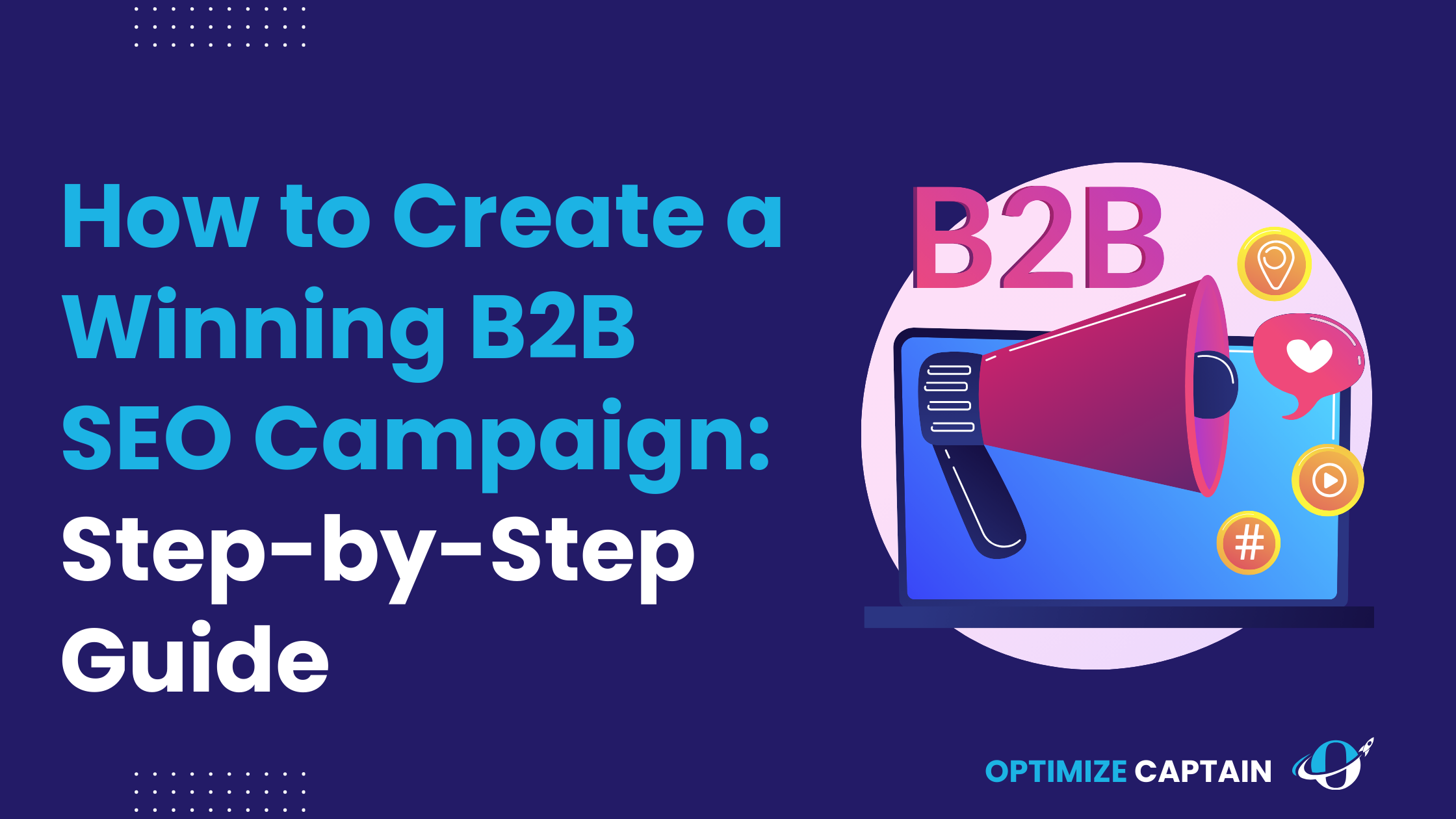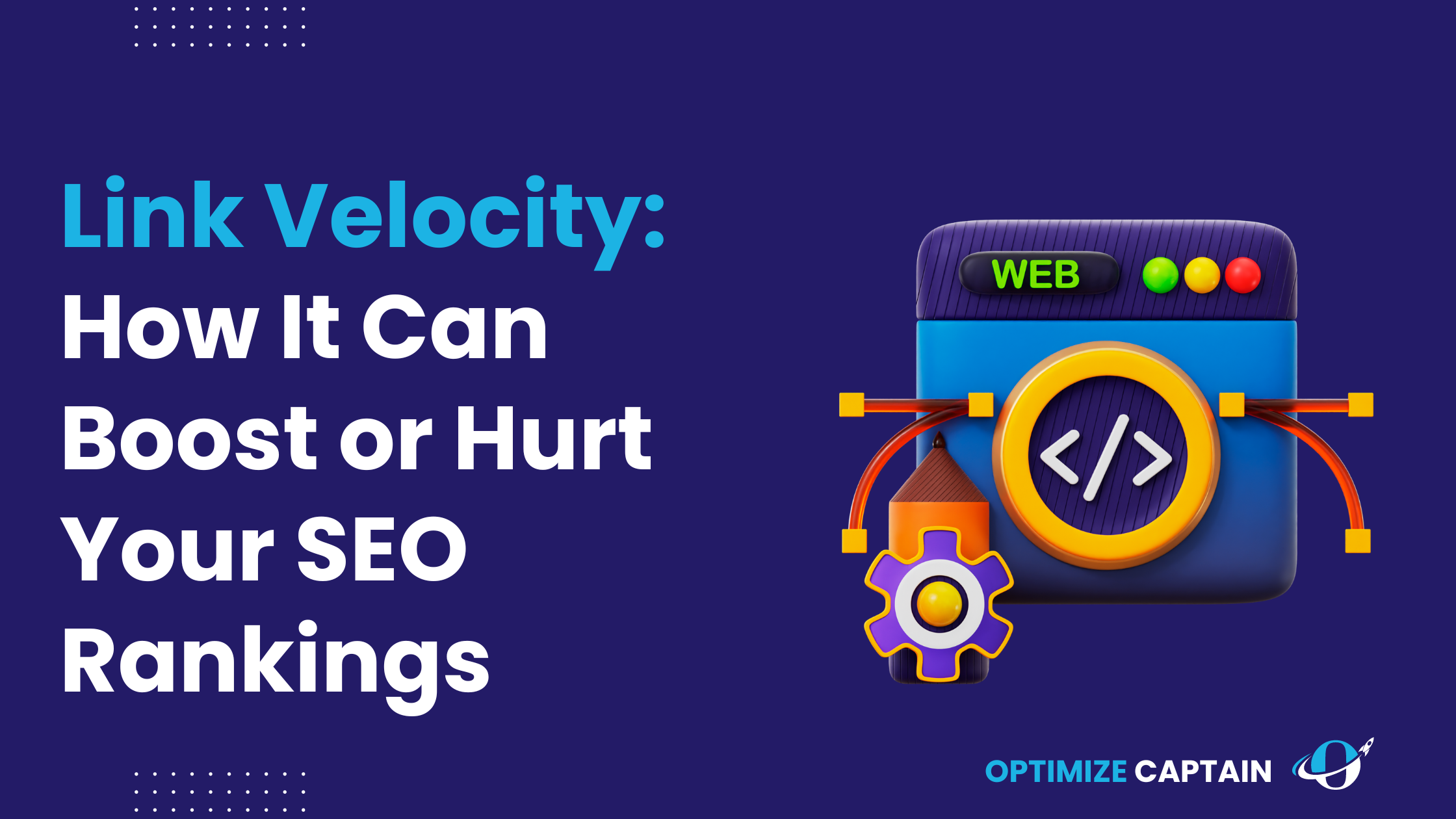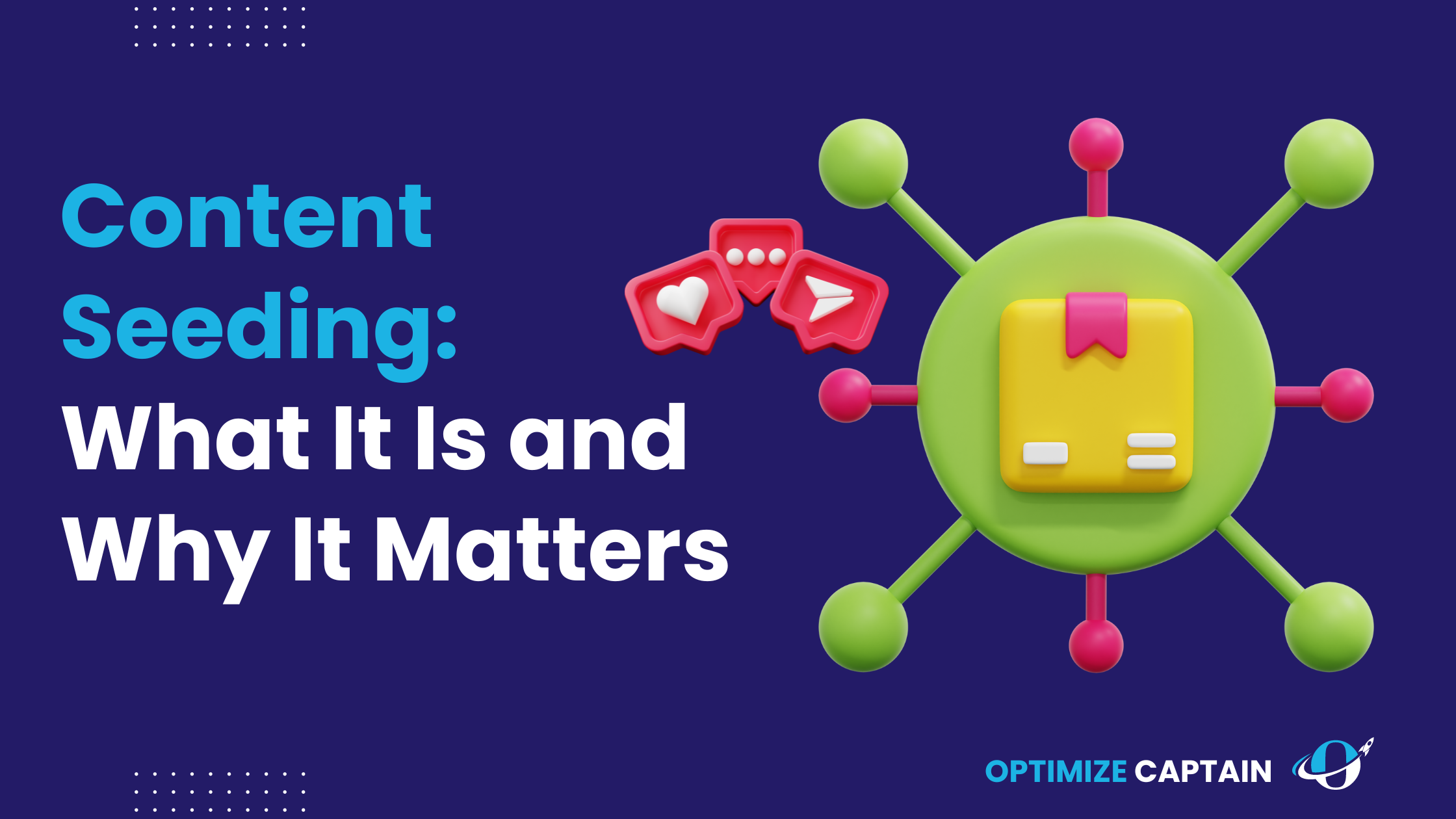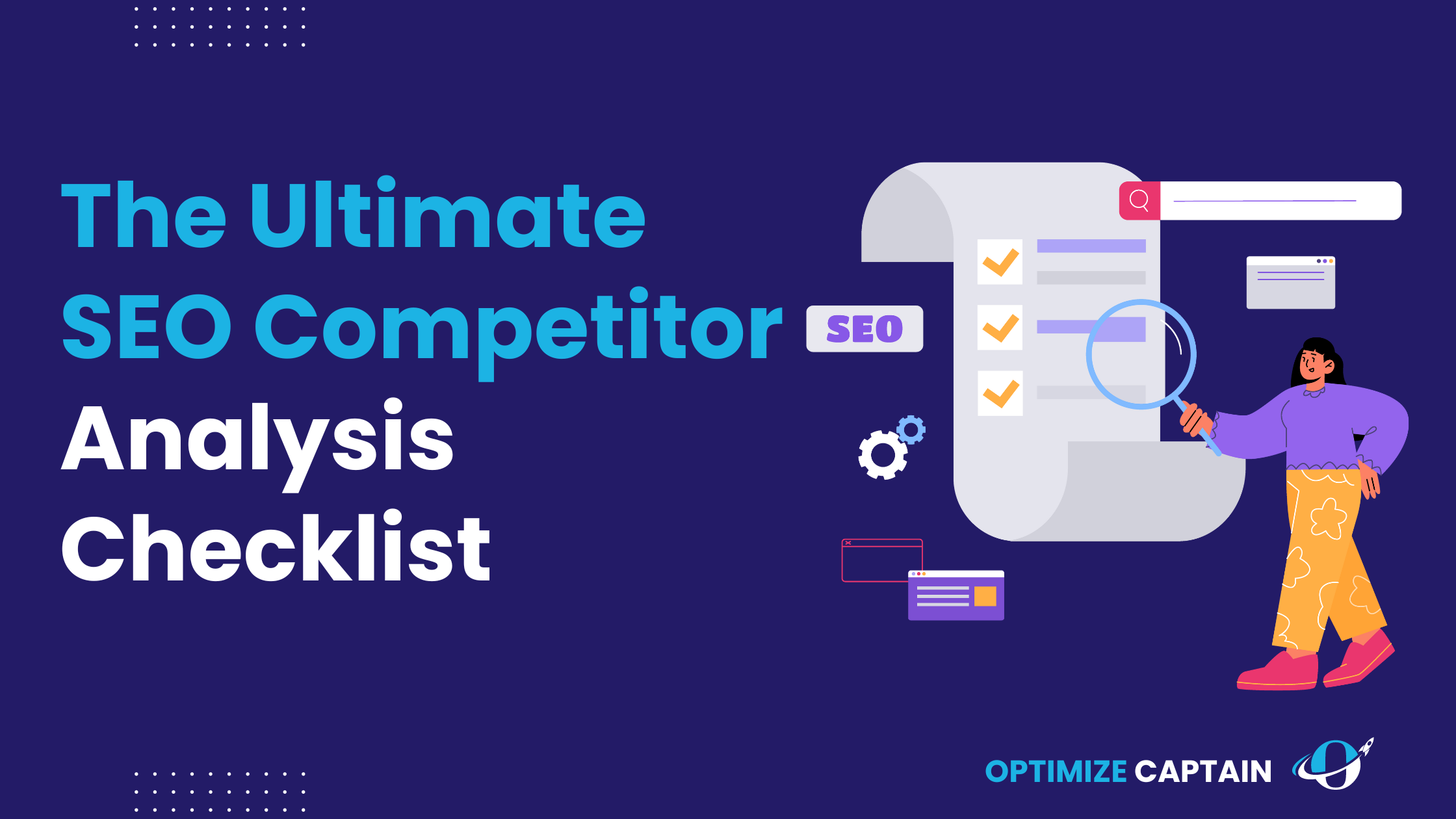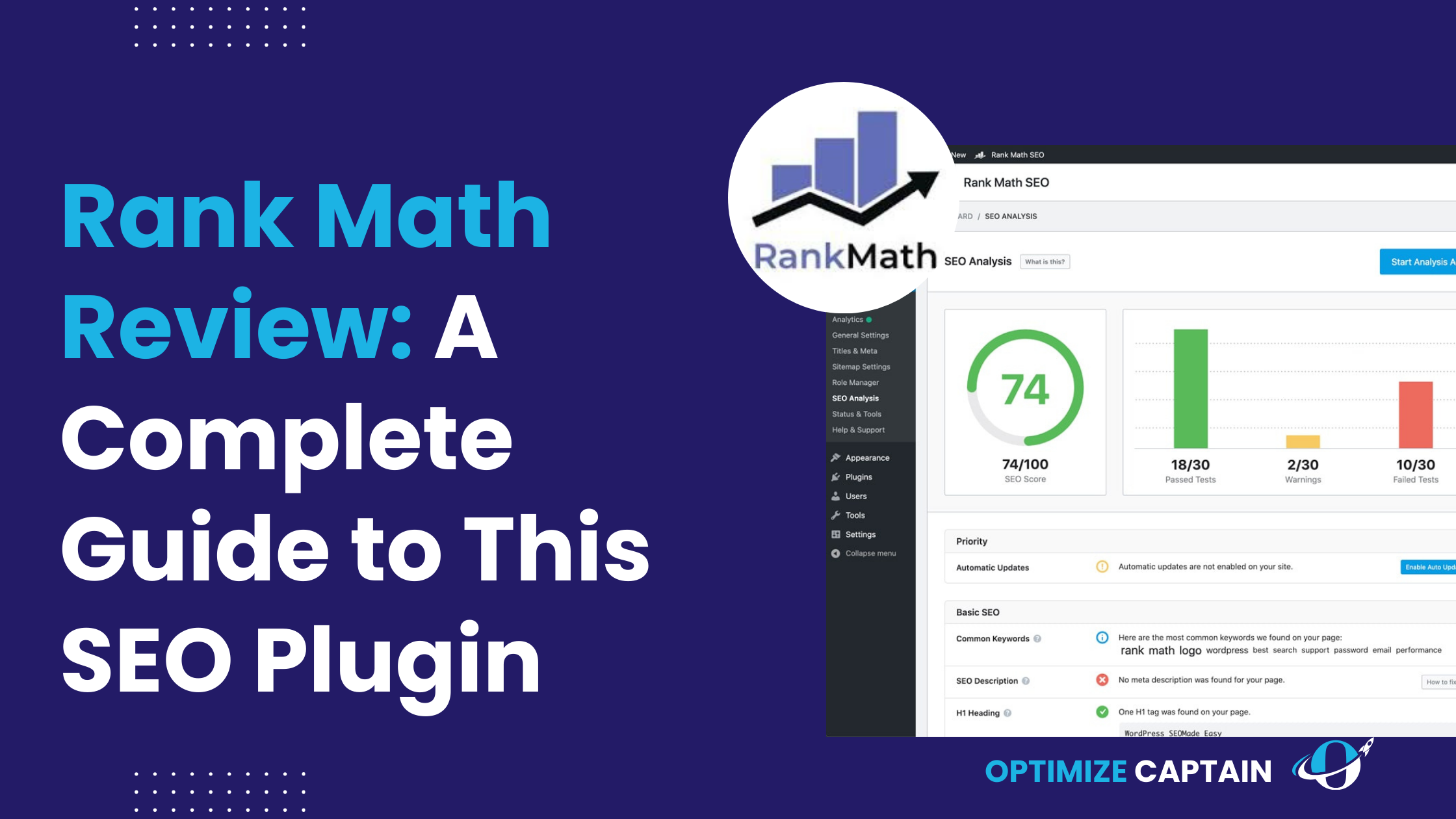If you’re here, you’re likely looking to build an effective B2B SEO strategy that doesn’t just bring traffic but also leads that convert. It’s no secret that B2B SEO requires a more targeted and sophisticated approach compared to B2C. Whether you’re a seasoned professional or someone newer to the field, this guide will help you shape a B2B SEO campaign that speaks directly to decision-makers and results in sustainable, long-term growth.
Let’s dive straight into the practical steps to help you create a winning B2B SEO campaign.
What is B2B SEO?
First things first—what exactly is B2B SEO, and why does it matter for your business?
B2B SEO (Business-to-Business Search Engine Optimization) is the practice of optimizing your website to attract, engage, and convert other businesses. Unlike B2C (Business-to-Consumer) SEO, which aims to sell products directly to individuals, B2B SEO focuses on capturing decision-makers attention—CEOs, managers, and executives—often involved in longer, more complex buying processes.
The core goal of B2B SEO is simple: to help your business appear at the top of search engine results when potential clients search for solutions your company offers. But it goes deeper. B2B SEO requires targeting specific, high-intent keywords, building in-depth content that speaks to pain points, and establishing your brand as a trusted, authoritative source in your industry.
Imagine a marketing manager searching for the “best CRM software for SaaS companies.” They’re not just browsing for information but looking for solutions to drive efficiency and results. A successful B2B SEO strategy ensures that your website is what they find first.
By mastering B2B SEO, you’ll build a framework that attracts the right audience, keeps them engaged with valuable content, and nurtures them towards becoming clients—integrating seamlessly with your keyword research, content creation, and technical SEO strategy, which we’ll explore in the following sections.
Now that you know what B2B SEO is, let’s discuss the actionable steps to craft your winning B2B SEO campaign.
Related Read: SaaS SEO for Beginners
Steps to Create a Winning B2B SEO Campaign
Step 1: Conduct Comprehensive Keyword Research
In B2B SEO, keyword research goes beyond finding high-volume terms. It’s about identifying the long-tail keywords that address specific business needs and decision-maker queries.
Long-Tail Keywords Matter More in B2B
B2B purchases involve longer decision-making processes, often with multiple stakeholders. Instead of broad keywords like “CRM software,” focus on long-tail keywords like “best CRM software for SaaS companies” or “email marketing automation for B2B.”
Tools like SEMrush, Ahrefs, or Google Keyword Planner can help you find these targeted phrases. But remember, tools alone aren’t enough. You need to understand the search intent behind these queries. For example, someone searching for “B2B email automation tools for mid-sized companies” is likely much closer to purchasing than just “email automation.”
Example: Slack’s Success with Intent-Based Keywords
Slack didn’t just target “team communication tools.” They focused on specific, intent-driven searches like “best team collaboration tool for remote work.” By addressing this highly specific query, Slack improved its rankings and dominated the remote work niche, contributing to a 50% increase in organic traffic.
Competitor Analysis: What You Need to Know
Competitor analysis helps you spot opportunities in keyword research. Here’s a step-by-step guide:
- Identify Your Competitors: Search for your primary and secondary keywords on Google. Use SEMrush or Ahrefs to find competitors’ rankings for these terms.
Example: A SaaS company offering HR software might search for “best HR software for SaaS” and identify key competitors on the first page.
- Analyze Top-Performing Pages: Use tools to find which pages drive the most traffic for your competitors. These often contain valuable keywords and topics that resonate with their audience.
- Perform Keyword Gap Analysis: Tools like SEMrush’s “Keyword Gap” show which keywords your competitors rank for, but you don’t. This allows you to find keyword opportunities they may have overlooked.
Tip: Focus on long-tail keywords that are under-served by competitors but are relevant to your target audience. - Backlink Analysis: Use tools like Ahrefs to see where your competitors get backlinks. Aim to build relationships with similar websites to improve your backlink profile.
Related Read : B2B SaaS keyword Research
Step 2: Develop High-Quality, Targeted Content
Once you’ve identified your B2B SEO keywords, the next step is to create content that resonates with decision-makers. In B2B, it’s not just about quantity—quality and depth matter more.
Why Depth and Value Matter
B2B buyers seek content that addresses specific pain points and offers real solutions. The more actionable and detailed your content is, the more valuable it will be to your audience.
Types of Content to Focus On:
- Blog Posts: Write long-form articles (1,500-2,000+ words) covering your topic thoroughly. These posts should include keywords naturally and offer actionable insights.
- Case Studies: Show how your product or service solved a real-world problem. Focus on measurable outcomes like “Increased lead generation by 30%.”
- Whitepapers and E-Books: These can serve as lead magnets and position your company as a thought leader in your industry.
Example: HubSpot’s Content Strategy
HubSpot excels at creating content clusters and producing comprehensive pillar content on key topics like B2B content marketing or lead generation, supported by smaller blog posts. This approach allows them to rank for numerous long-tail keywords while offering in-depth insights.
Step 3: On-Page SEO Optimization
Once your content strategy is in place, you must optimize your pages for on-page SEO. This ensures that search engines and users can find, understand, and engage with your content.
Key Areas to Focus On:
- Title Tags: Use your primary keyword at the beginning of your title tag. For example, instead of just “B2B SEO tips,” use “Best B2B SEO Strategies for SaaS Companies in 2024.”
- Meta Descriptions: Write compelling meta descriptions that include your keywords naturally and entice users to click.
- Header Tags (H1, H2, H3): Organize your content using structured headers to improve readability and SEO. Each section should have a clear, keyword-optimized heading.
- Internal Linking: Connect relevant blog posts and resources throughout your site to improve user engagement and distribute link equity across your pages.
- Image Alt Text: Use descriptive, keyword-rich alt text for all images to improve SEO and accessibility.
On-Page SEO Checklist for B2B Websites
| On-Page SEO Element | Action Item | Tip |
| Title Tags | Include primary keywords | Keep it below 60 characters |
| Meta Descriptions | Write click-worthy descriptions | Aim for 155-160 characters |
| Header Tags | Use H1, H2, H3 to structure content | Organize content for readability |
| Internal Linking | Link relevant pages and resources | Aim for 5+ internal links per page |
| Image Alt Text | Include relevant keywords | Keep it descriptive, not spammy |
Related Read : SaaS On page SEO 2024
Step 4: Technical SEO Enhancements
Technical SEO is vital to ensure your website is fast, crawlable, and optimized for search engines. Even the best content won’t rank if your technical SEO is lacking.
Core Web Vitals and Page Speed
Core Web Vitals are key to improving user experience and rankings. These include metrics like loading performance (Largest Contentful Paint), interactivity (First Input Delay), and visual stability (Cumulative Layout Shift).
Use tools like Google PageSpeed Insights to measure and improve these metrics. Aim for a load time under 2.5 seconds to reduce bounce rates and improve rankings.
Stat: Google reports that 53% of mobile users abandon sites that take longer than 3 seconds to load.
Mobile Optimization
With 49% of B2B researchers conducting searches on mobile devices, your website must be mobile-friendly. Ensure your design is responsive and all content loads quickly and efficiently on smartphones and tablets.
Example: Salesforce’s Technical SEO Improvements
Salesforce boosted its technical SEO by focusing on faster loading times, ensuring mobile responsiveness, and improving crawlability. These efforts resulted in a 15% increase in organic traffic.
Related Read: Technical SEO for SaaS
Step 5: Building High-Quality Backlinks
Backlink building remains one of the most important factors for improving your search rankings. However, it’s not just about quantity—about getting links from relevant, authoritative sources.
Strategies for Building Backlinks
- Guest Blogging: Contribute insightful guest posts to respected B2B blogs. This helps you gain visibility while securing high quality backlinks.
- Industry Partnerships: Build relationships with complementary businesses or industry influencers. Collaborating on projects or sharing resources can naturally lead to backlinks.
- Digital PR: Create data-driven content or reports that journalists and bloggers will want to link to. Reach out to media outlets and share your findings.
Example: HubSpot and Typeform Partnership
HubSpot collaborated with Typeform to share content on B2B marketing strategies. By linking to each other’s resources, both companies gained valuable backlinks, boosting their rankings and driving qualified traffic.
Step 6: Track and Analyze Your B2B SEO Campaign
Regular tracking and analysis are essential to ensuring the success of your B2B SEO campaign. It’s not enough to set up your campaign—you need to monitor it continuously to make data-driven improvements.
Key Metrics to Monitor
- Organic Traffic: Use Google Analytics to track the growth of your organic traffic—segment by landing pages, traffic sources, and behaviour to understand which content is driving results.
- Keyword Rankings: Track your target keywords using tools like SEMrush or Ahrefs to see if your rankings improve.
- Conversion Rate: Analyze how well your content is converting visitors into leads. Use Google Tag Manager to track form submissions, demo requests, or newsletter sign-ups.
Example: SaaS Startup Tracks Conversion Rates for SEO Success
A SaaS startup focusing on project management software saw a 20% increase in lead generation by tracking keyword-driven conversion rates. By monitoring which content and keywords led to sign-ups or demo requests, the company was able to optimize its blog posts and landing pages, turning traffic into qualified leads.
Use Heatmaps for User Insights
Heatmapping tools like Hotjar allow you to analyze where users click and scroll on your site visually. If you notice high bounce rates or visitors aren’t engaging with specific areas, this may indicate a need to optimize your content or user interface.
Step 7: Adjust and Refine Your Strategy Based on Trends
SEO is a long-term strategy, but it’s far from static. You must keep pace with emerging trends and evolving search algorithms to maintain and improve your rankings. Regular adjustments based on data and industry trends are crucial.
Focus on Voice Search and AI
With more people using voice-activated devices like Siri or Alexa, optimizing for voice search is essential. Focus on long-tail keywords and conversational phrases such as “best CRM for remote teams” rather than shorter, more traditional keywords.
Stay Agile with Algorithm Updates
Google’s algorithm is constantly changing. Keeping up with updates and understanding how they impact B2B SEO is crucial for staying competitive. Subscribe to SEO newsletters, attend webinars, and keep an eye on search trends.
Conclusion
Crafting a winning B2B SEO campaign is more than just targeting the right keywords—it’s about building a strategy that converts. By focusing on comprehensive keyword research, developing high-quality content, and optimizing for both on-page SEO and technical SEO, you can set the foundation for long-term success.
The key is to continue beyond just creating content but to analyze, track, and refine your strategy constantly. SEO is a long game; the more data-driven and adaptive you are, the better your results will be.
Now, it’s your turn to apply these strategies. Start by conducting a competitor analysis, identifying the keyword gaps, and building content that speaks directly to your audience’s needs. With a well-executed B2B SEO strategy, you’ll drive traffic and convert visitors into leads and customers.
FAQ’s
1. What is B2B SEO?
B2B SEO (Business-to-Business Search Engine Optimization) is the practice of optimizing a website to rank higher in search engines for keywords relevant to businesses that sell products or services to other businesses. The goal is to attract decision-makers by providing valuable content that addresses their needs and pain points.
2. How to Create a Winning B2B SEO Strategy in 2024?
Keyword Research: Target long-tail, business-specific keywords using tools like SEMrush or Ahrefs.
Content Development: Focus on creating in-depth, actionable content (case studies, whitepapers).
On-Page and Technical SEO: Ensure fast, mobile-friendly, and optimized websites.
Build Backlinks: Get high-authority backlinks from industry-relevant sites.
Monitor and Adjust: Continuously track and refine based on performance data.
3. How to Use SEO for B2B Marketing?
Target-Specific Keywords: Use long-tail keywords that match business queries.
Content for Buyer’s Journey: Create content for every stage—blog posts, comparison guides, case studies.
Optimize for User Intent: Ensure content matches search intent (informational or transactional).
Track and Adjust: Monitor traffic and adjust based on conversion data.
4. Why is B2B SEO different from B2C SEO?
B2B SEO targets businesses as clients, focusing on long decision-making processes and specific needs, whereas B2C SEO aims to attract individual consumers with shorter purchasing cycles. B2B SEO strategies prioritize long-tail keywords, in-depth content, and relationships, while B2C often focuses on broader, more transactional keywords and quick conversions.
5. How long does it take for B2B SEO to show results?
B2B SEO is a long-term strategy. It typically takes 3 to 6 months to start seeing results like increased traffic and keyword ranking improvements. Full impact, including lead generation, may take 6 to 12 months, depending on factors like competition, industry, and the quality of the SEO efforts.

